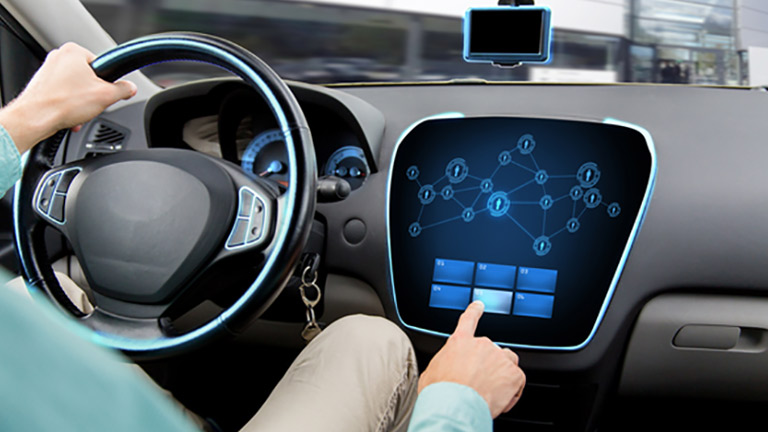The Internet of Things is Driving The Internet of Autos

 In the early 1900s Henry Ford made the automobile affordable and accessible. But what he really did was offer people connection. Rural residents could connect with more urban areas to sell crops and buy supplies. Doctors could connect with patients who were either too ill to travel or didn’t have the
In the early 1900s Henry Ford made the automobile affordable and accessible. But what he really did was offer people connection. Rural residents could connect with more urban areas to sell crops and buy supplies. Doctors could connect with patients who were either too ill to travel or didn’t have the
means to make it to the office. Cars connected people to a world that was bigger than they had imagined.
Today, thanks to the Internet of Things (IoT), our vehicles are more connected than ever before – and in ways Henry Ford probably never dreamed.
The People-Car Connection
We have a special relationship with our cars. They use GPS technology to tell how to get to where we need to go. Pre-set seat positions ensure our comfort. Sensors remind us to wear safety belts. Some safety belts even monitor vital signs during a collision.
In return, we monitor the health of our cars. Smart dashboards can tell us everything from fuel levels to tire pressure. Sensors throughout the car are changing the way we view maintenance. In the past, we based our preventative maintenance on accepted practices – like changing your oil every 3 months or 3,000 miles. Thanks to intelligent systems, today we can more precisely pinpoint when to service our cars based on our specific driving habits.
Remote Connection Changes The Game
What’s even better about all this connection is that it’s not lost when we’re not with our vehicle. We can still stay in touch with our car remotely via our mobile devices. So yes, car owners can make decisions about maintenance and repair when they’re away from their vehicles. But the opportunities extend beyond the basic consumer. For example, managers can get updates on the wellness of entire fleets on their tablets.
Smart companies are using Intelligent Systems to change the entire business of fleet management. Tire manufacturer Michelin has even offered fleet managers the option to pay for their tires by mileage versus purchasing the tires outright. Sensors in the tires tell managers when they are nearing cost thresholds allowing them to rotate in other vehicles instead. They’re changing the game with this tires-as-a-service concept.
This remote ability for both consumers and businesses is further bolstered by the fact that the recent release of Windows 10 includes an embedded automotive feature. That means that your interface can be familiar and consistent – no matter what device you’re using.
Connecting People Beyond the Car
Many of the technologies that allow consumers and businesses to connect with their cars already come standard in new vehicles, but the future of cars and IoT lies in the connection of people to the larger world via the automobile. An example that might already be in your car is your GPS system considering the current weather and real time traffic before offering you the fastest route. But imagine if your car could reserve and direct you to a parking spot? And what if, when you arrived at your spot, your car would even take care of payment? It’s not science fiction – Ford is testing it right now. Automakers are partnering with parking providers in major cities to allow their vehicles to access inventory and streamline payment. It’s just another way in which the IoT is changing the entire automotive business ecosystem.
The concept of auto repair is changing, too. The problem with repairs is that when you need your car fixed, you’re seldom in the situation to shop around for the best price. But what if your car did that itself? A company in Boston has debuted a technology that would read your vehicle’s error codes and automatically search for the best repair shop with the lowest price in your area. The technology provider receives a commission and the repair shop is motivated to provide quality work in an effort to gain more referrals.
The Future Of The Internet Of Autos
With more and more automakers integrating IoT technology into new vehicles, the market for intelligent systems in the auto industry is huge. Connecting people with cars, cars with other cars, cars with service providers and drivers with the world – this is dawn of the Internet Of Autos.

